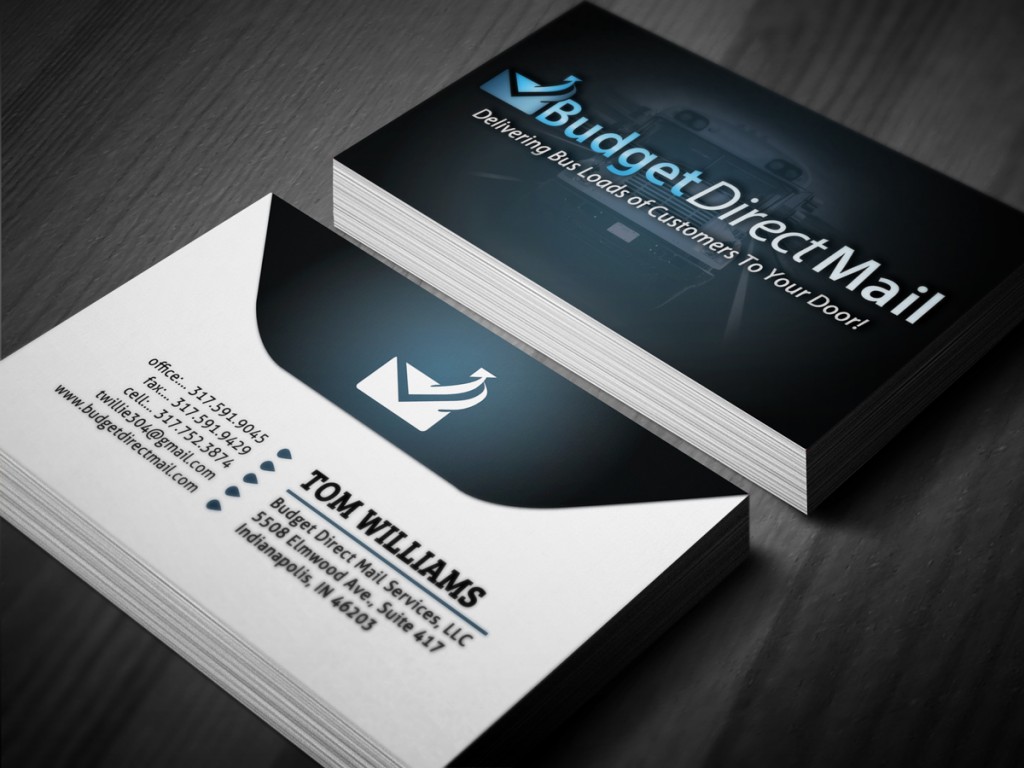
The Importance of Business Cards
In the realm of business networking, first impressions matter significantly. Business cards serve as a tangible representation of your professional identity, encapsulating essential information about you and your organization. These small cards are powerful tools that can help you stand out in a crowded market, showcasing your brand’s personality, style, and professionalism. A well-designed business card can leave a lasting impression, making it easier for potential clients, partners, or employers to remember you. In an increasingly digital world, the physicality of a business card adds a personal touch that digital connections often lack, making it an essential item for anyone serious about their professional image.
Design Elements That Matter
When designing a business card, several key elements should be considered to ensure it effectively communicates your brand and message. Firstly, the layout should be clean and uncluttered, allowing the most critical information—your name, title, and contact details—to stand out. The choice of colors, fonts, and graphics should align with your brand identity; for instance, a tech company might opt for sleek, modern designs, while a creative agency could utilize vibrant colors and unique fonts. Additionally, including your logo prominently can help reinforce brand recognition. The material of the card itself is also vital; a thicker cardstock can convey quality and professionalism. Ultimately, the goal is to create a card that not only provides contact information but also encapsulates your brand’s ethos and resonates with your target audience.
Networking: The Art of Exchange
Exchanging business cards is more than just a formality; it is an integral part of networking. When you meet someone new, offering your card establishes a connection and provides them with a way to remember you. It is crucial to present your card confidently and at the right moment—when someone expresses interest in your services or engages in a relevant conversation. Additionally, when receiving someone else’s card, show genuine interest by taking a moment to look at it, which demonstrates respect and consideration. This simple act can foster a sense of rapport and openness, making future interactions more likely. Furthermore, following up with a personalized message referencing your conversation can further solidify the connection you established during the initial meeting.
Innovations in Business Card Technology
As technology evolves, so do business cards. Traditional printed cards are now complemented by innovative digital alternatives, such as virtual business cards and QR codes. Virtual cards allow for instant sharing via smartphones and include links to websites or social media profiles, making them a versatile option for tech-savvy professionals. QR codes, when printed on traditional cards, enable recipients to quickly access your digital portfolio, LinkedIn profile, or website, bridging the gap between physical and digital networking. Moreover, advancements in materials have led to the creation of unique business cards that can stand out even more, such as those made from metal, wood, or eco-friendly materials. As these technologies continue to develop, they offer exciting opportunities for professionals to create memorable and functional business cards that reflect their personal brand and make networking more efficient.
In conclusion, business cards remain a vital component of professional identity and networking. By understanding their importance, focusing on effective design, mastering the art of exchange, and embracing technological innovations, you can ensure that your business card serves not just as a means of contact, but as a powerful marketing tool that reflects your brand’s values and leaves a lasting impression.Digital Business Cards for
